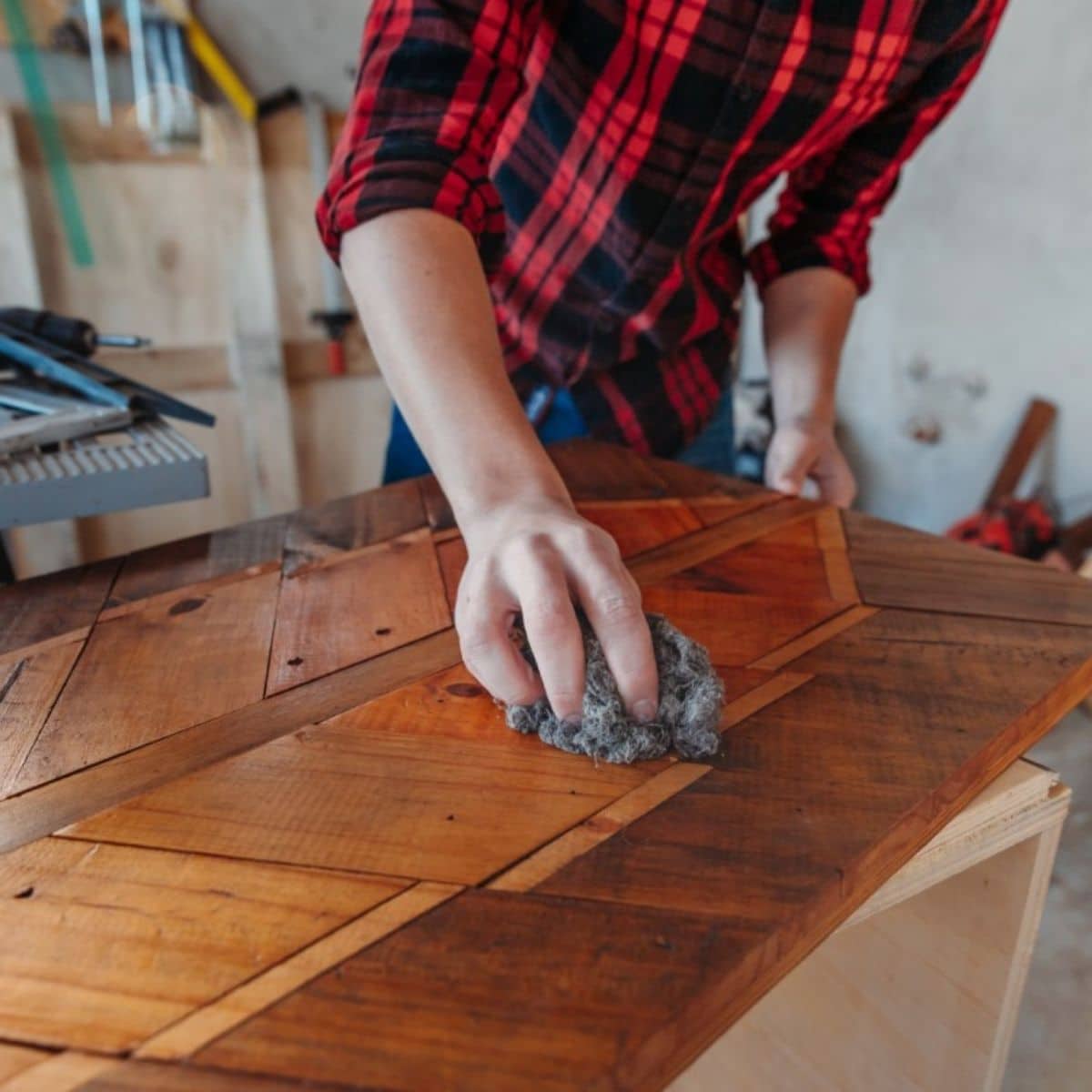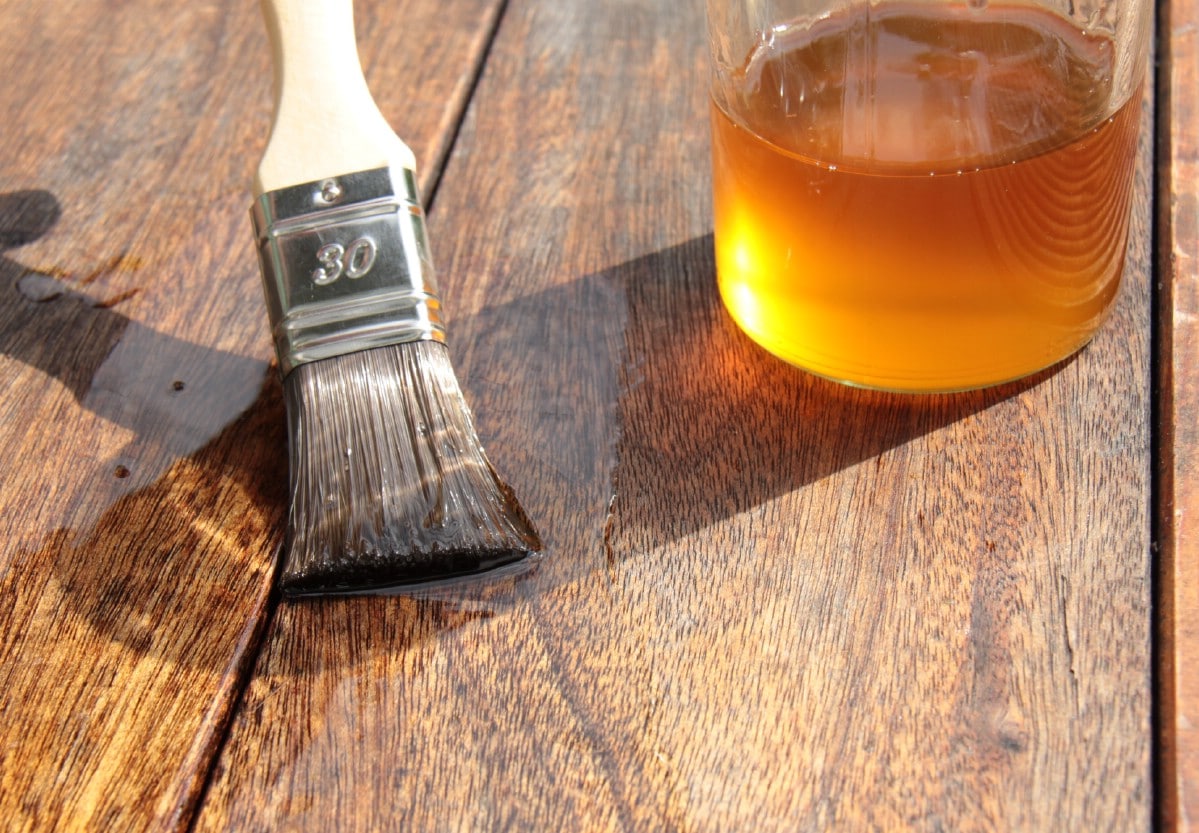Finishes for Woodworking Projects
Finishing is one of the biggest fears of many woodworkers. They are undaunted by complex joinery, intricate and precise machining, or hand-carving details, yet many woodworkers dread the thought of applying a finish to their work. The question of 'best finish' and the fear of ruining their project with the wrong finish, or applying it incorrectly, keep woodworkers from taking that last step. If you ask yourselves the same question whenever you are working on a project, you will find that overcoming that fear and developing the confidence to finish what you have started is essential to your satisfaction in a project.
The purpose of applying a finish to a project is to offer some sort of protection to the wood surface. The type of finish you select will be based upon the intended use of the project, the expected wear, special resistances desired, and finally the overall look of the project.
An important consideration for the finish you select is whether it will ever come into contact with food. If the answer is yes, please do read the following extract from the US Department of Agriculture, Forestry Services.
Wax:
- Appearance: Creates shine
- Safety: Safe, when solvents in paste wax evaporate The finish, is food safe.
- Protection: Very little Level: 1
- Durability: Does not last and needs to be reapplied frequently Level: 1
- Application: Applied with a rag. Needs buffing. Ease: 2
- Buffing: Must be buffed.
- Reversibility: Can easily be removed with solvents Level: 10
- Solvent: Turpentine, Naphtha, mineral spirits, paint thinner
Shellac
- Appearance: Some yellow or orange tint, depending on the grade used
- Safety: Safe when alcohol solvent evaporates. The finish is food-safe.
- Protection: Fair against water, good on solvents except for alcohol
Level: 4 - Durability: Durable Level: 6
- Application: Applied with a rag. Needs buffing. Ease: 2
- Buffing: Can be buffed. Excellent results
- Reversibility: Can easily be removed with alcohol Level: 10
- Solvent: Alcohol (denatured alcohol, ethanol, methanol, etc)
Nitrocellulose lacquer
- Appearance: Transparent, good gloss
- Safety: Uses toxic solvents, including toluene. Breathing protection is needed, especially if sprayed The finish is not food safe
- Protection: Good protection Level: 7
- Durability: Hard and durable Level: 8
- Application: Can be buffed. Excellent hard finish
- Buffing: Can be buffed. Excellent results
- Reversibility: Completely reversible using lacquer thinner
Level: 10 - Solvent: Toluene, lacquer thinner, acetone
Conversion lacquer
- Appearance: Transparent, good gloss
- Safety: Uses toxic solvents, including toluene. Breathing protection is needed, especially if sprayed The finish is not food safe
- Protection: Excellent protection against many substances
Level: 7 - Durability: Hard and durable Level: 8
- Application: Requires spray equipment. Used in professional shops
Ease: 7 - Buffing: Can be buffed. Excellent results
- Reversibility: Difficult to reverse Level: 2
- Solvent: Toluene
Linseed oil
- Appearance: Yellow warm glow, pops grain, darkens with age
- Safety: Relatively safe, metallic driers are poisonous The finish is food safe.
- Protection: Very little Level: 1
- Durability: Fairly durable, depending on the number of coats
Level: 4 - Application: Easy, apply with rags and wipe off. Takes a relatively long time to dry Ease: 10
- Buffing: Can not be buffed.
- Reversibility: Needs sanding out as oil is absorbed Level: 3
- Solvent: Mineral spirits, naptha, turpentine
Tung oil
- Appearance: Warm glow, pops grain, lighter than linseed
- Safety: Relatively safe, metallic driers are poisonous The finish is food safe.
- Protection: Very little Level: 2
- Durability: Fairly durable, depending on the number of coats Level: 5
- Application: Easy, apply with rags and wipe off. Takes a relatively long time to dry, but faster to dry than linseed oil Ease: 10
- Buffing: Can not be buffed.
- Reversibility: Needs sanding out as oil is absorbed Level: 3
- Solvent: Mineral spirits, naptha, turpentine
Alkyd varnish
- Appearance: Not as transparent as lacquer, yellowish/orange tint
- Safety: Relatively safe, uses petroleum-based solvents
The finish is not food-safe. - Protection: Good protection Level: 6
- Durability: Durable Level: 7
- Application: Brush or spray. Brushing needs good technique to avoid bubbles and streaks Ease: 5
- Buffing: Can not be buffed.
- Reversibility: Can be stripped using paint removers Level: 6
- Solvent: paint remover
Polyurethane varnish
- Appearance: Transparent, many coats can look like plastic
- Safety: Relatively safe, uses petroleum-based solvents
The finish is not food-safe. - Protection: Excellent protection against many substances, tough finish Level: 10
- Durability: Durable Level: 7
- Application: Brushing needs good technique to avoid bubbles and streaks Ease: 5
- Buffing: Can be buffed. Poor results: as coats do not meld leading to white rings if rubbing out cuts through the coat.
- Reversibility: Can be stripped with difficulty using paint removers
Level: 4 - Solvent: paint remover, petroleum-based solvents (mineral spirits, naptha, turpentine)
Water-based polyurethane
- Appearance: Transparent, may give cold bluish tinge to wood
- Safety: Safer than oil-based, fewer VOCs
The finish is span>, not food-safe. - Protection: Good protection Level: 8
- Durability: Durable Level: 7
- Application: Brush or spray. Brushing needs good technique to avoid bubbles and streaks Ease: 2
- Buffing: Can be buffed. Poor results: coats do not meld leading to white rings if rubbing out cuts through the coat.
- Reversibility:Can be stripped with difficulty using paint removers Level: 4
- Solvent: Mineral spirits, naptha, turpentine
Oil-varnish mixes
- Appearance: Similar to oils unless many coats applied, then takes on characteristics of varnishes
- Safety: Relatively safe, uses petroleum-based solvents The finish is not food safe.
- Protection: Low, but more than pure oil finishes Level: 4
- Durability: Fairly durable, depending on the number of coats
Level: 6 - Application: Easy, apply with rags and wipe off. Faster to dry than linseed oil Ease: 8
- Buffing: Can not be buffed. Not viable unless many coats applied
- Reversibility: Needs sanding out since oil is absorbed
Level: 3 - Solvent: Petroleum-based (mineral spirits, naptha, turpentine)

